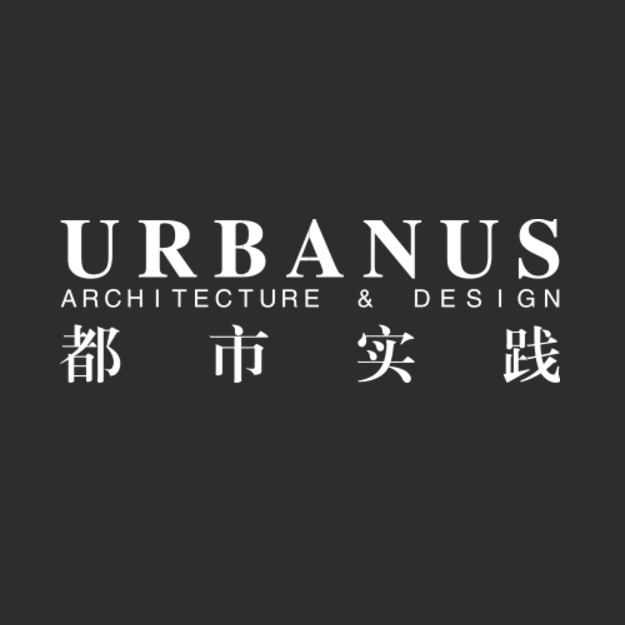Author: Urbanus Xiaodu Liu, Yan Meng, Hui Wang
The pursuit of “Chinese Style” is an everlasting theme in course of the modern history of Chinese architecture, and each generation has its own answer. Under the circumstances of today’s globalization and urbanization, “Chinese Style” should have its new meaning diagonally opposing to the conventional agreement on the stylistic approach.
To study what the “Chinese Style” is, one has to know how a “Chinese Style” is made.
The core concern in making “Chinese Style” is always by the means of reviving traditional elements. Theoretically, in the age of globalization when regional and traditional identity is vanishing, this revival should be efficient for the people seeking for their original cultural identity. However, practically, tradition is always mistreated in a symbolic and stylistic way with superficial meaning, and thus it has already lost its power to shape a vital “style”. In this sense, although “Chinese Style” is applied to against “western styles”, it is nonetheless the same thing as its counterparts.
The “Chinese Style” sometimes is virtually made by the means of literature quotation. This methodology leads to a fragmental reading on the historic artifact which is indeed a holistic approach responding to its own cultural and social conditions.
The rising wealth of China does need a style of Chinese. The outdated “Chinese Style” becomes a big fashion. It seems like a right time to search for the right “Chinese Style”, yet the overwhelming enthusiasm on fashionable making of style liquidizes the value of the potential “Chinese Style”.
It has been a long tradition of combining architecture with literature in Chinese culture. Theme, a virtual refinement on the dirty reality, is always important in giving the identity to a program. The superficiality of “Chinese Style” follows the fact that most of “Chinese Style” projects are good examples of theme parks. It is to give a character to a place, but not to identify the character of a place. Therefore, the “Chinese Style” inevitably falls into the cliché of style for the sake of style that not better than any other western styles.
The hopeless way in making the “Chinese Style” by the stylish means indicates a potential perspective on this issue. The “Chinese Style” is not only about the physical environment, it is also about the life style of Chinese people. The great epoch of globalization and urbanization has also witnessed that Chinese people have their unique way of dealing with the changing reality in order to maintain their own time-honored lifestyle. It is architects’ responsibility to observe the mechanism of this life style, and to incorporate it with today’s metropolitan architecture. Three case studies by Urbanus show the potential of this effort. Projects of “the village amidst the city”, “the Tu-Lou Plan”, and “the Beijing Courtyard” are efforts to make different “Chinese Style” of metropolitan living under the condition of “contemporaneity”, and cast new light of opportunity in making the “Chinese Style”. If this generation of architects can add any value to the mission of the pursuit of “Chinese Style”, they have to study the “contemporaneity” first.
